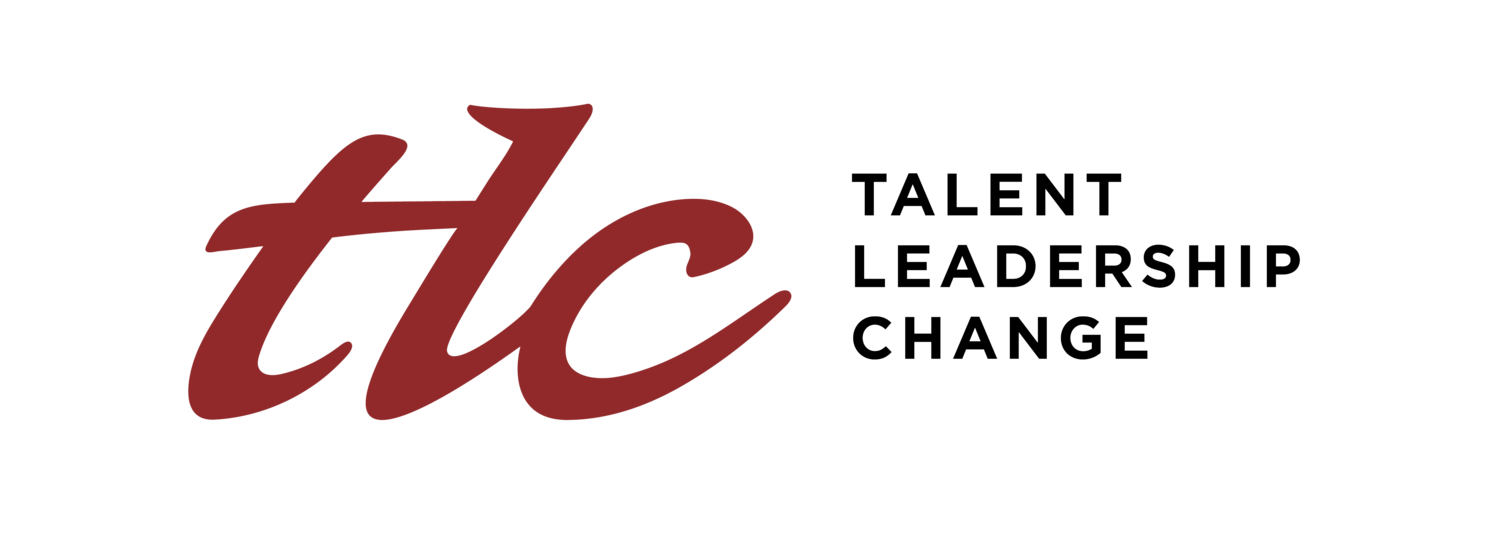The Future of Jobs: A Crisis of Mismatch
WHAT
One of the panel discussions in the 2025 World Economic Forum in Davos focused on “Closing the Global Jobs Gap.” It featured Singapore President Tharman Shanmugaratnam who cites that despite a recent fall in global unemployment, the world faces an 800-million job gap, with 1.2 billion individuals entering the workforce in the next decade but only 400 million jobs projected to be created. This leaves 800 million individuals likely to be underemployed, unemployed, or in informal economies, contributing to social, political, and economic instability.
The Top 5 Common Themes of President Tharman’s keynote are:
Skills-Based Economy Transition. The global workforce is shifting from a job-based to a skills-based economy, driven by advancements in generative AI, which fragments traditional roles and emphasizes intrinsic skills.
Challenges in Workforce Competitiveness. Workers face challenges competing in oversaturated markets where AI-driven hiring systems often prioritize academic credentials, potentially disadvantaging experienced professionals.
AI’s Potential to Equalize Opportunities. Properly designed AI systems can help reduce biases in recruitment, promoting equity by objectively evaluating skills rather than traditional qualifications.
The Need for Lifelong Learning. Lifelong skills development is essential to close the jobs gap and ensure relevance across generations in a rapidly evolving economy.
Cross-Generational Collaboration. Organizations must foster collaboration between generations by leveraging diverse experiences and skills, creating inclusive frameworks for mentorship and shared growth.
SO WHAT
First, I was so inspired listening to President Tharman as the World Economic Forum streamed his talk. He is not only an excellent politician and statesman, but also held significant roles as Singapore’s Senior Minister for Finance and Senior Minister for Education.
President Tharman focused on economic resilience, inclusivity, educational reforms for broad meritocracy, life-long learning through “SkillsFuture”, and enhancing multiculturalism in Singapore with concrete results.
While I deeply appreciate the inroads he has led, I also felt a deep sense of sadness, loss and failure that we in the Philippines for these same roles do not have the leaders that Singapore does or if we do, the vision and strategy are wanting in so many respects.
The Philippines has made some strides in reducing unemployment, with the rate decreasing to 3.2% in November 2024 from 3.6% in November 2023. (Philippine Statistics Authority)
However, we continue to face significant challenges in education. In the 2022 Programme for International Student Assessment (PISA), only 16% of Filipino students achieved at least Level 2 proficiency in mathematics, compared to the OECD average of 69%. Similarly, in reading, 24% of Filipino students reached Level 2 or higher, while the OECD average stands at 74%. (OECD)
Saan na tayo pupulutin?
What are our workforce’s chances in competing for those 400M new jobs to be created in the next 10 years?
Here we are mired in telenovela-like congressional hearings and “no joke” assassination ploys - using taxpayer money of course! All of which are distracting us from the real, existential and pressing issues of the day - around security, economy, corruption, poverty and seriously falling behind our ASEAN neighbors. And central to all these are jobs and education- sabi nga ni Dr Cielito Habito, economist, professor and columnist, whose Presyo, Trabaho, Kita (prices, jobs, and incomes of Filipinos) or kelangan pasado sa “PITIK Test!”
So taking into consideration the evidence-based projections of President Tharman, how might our own government place high-quality employment and education at the heart of its economic policy, especially at a time when nearly a quarter of jobs anywhere are exposed to disruption? Who is studying all these? What is the guidance to President BBM from the DepED?
NOW WHAT
We all - government, private and the social sector including NGOs, Civil Service Organizations (CSOs), non-profits and every “Juan” must co-create conditions to uplift ourselves - individually AND collectively! How?
On the coming Global Jobs Gap
Develop global and national policies to stimulate job creation.
Invest in economic diversification and innovation to create sustainable employment opportunities for all generations - from Gen Alpha/Beta to Boomers
On the skills and jobs mismatch
Reorient education systems to balance academic, technical, and applied learning paths.
Promote lifelong learning and upskilling programs to bridge generational gaps in skillsets.
On early human potential development
Develop and expand access to high-quality public education and early childhood development programs.
Encourage collaboration between educators, employers, and policymakers to align curricula with future workforce needs.
On AI and workforce disruption
Implement proactive upskilling and reskilling initiatives across all age groups.
Design AI policies that balance technological advancement with workforce protection.
Clearly economic and social policies must be revisited and tested for relevance! And a siloed approach will never work. As Maria Ressa, Nobel Peace Prize Laureate and Co-founder/CEO of Rappler, stated in her closing remarks at the Vatican’s Jubilee of the World of Communications: collaborate, collaborate, collaborate!
*******************************
-Susan Grace Rivera
Date Posted: Jan 29, 2025
